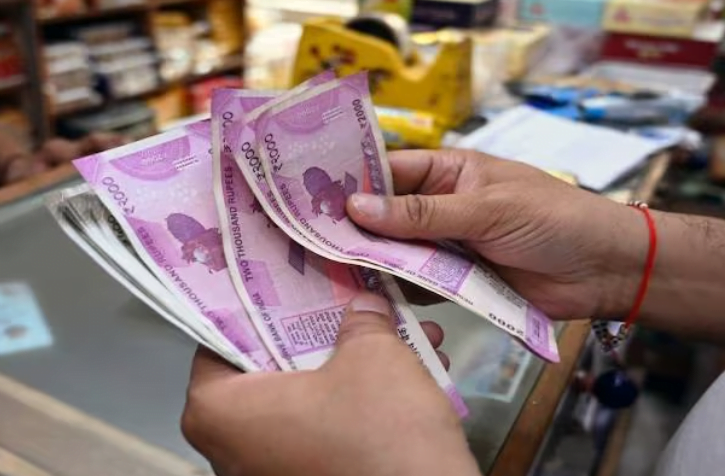Analyzing the Implications of RBI MPC’s Policy Stance on Economic Stability
As the Reserve Bank of India’s Monetary Policy Committee (MPC) gears up for its April 5 meeting, all eyes are on its decision regarding the repo rate amidst concerns over food inflation. According to a report by Goldman Sachs analysts, the central bank is expected to exercise caution and maintain the current policy stance. Here’s a deeper dive into the insights provided by the analysts and what it means for the economy.
Analyzing the Inflation Landscape
Goldman Sachs analysts anticipate the RBI MPC to keep the policy repo rate steady at 6.50 percent during the upcoming meeting. Despite a softening in core inflation, the central bank remains wary of potential upward risks stemming from food inflation. The report underscores the importance of retaining the monetary policy stance of ‘withdrawal of accommodation’ while expressing optimism about growth prospects.
Projected Inflation Trends
Inflation is projected to experience a moderate uptick, reaching 5.2 percent year-on-year in March, compared to 5.1 percent in February. The forecast for Q1CY24 indicates headline inflation of 5.2 percent, primarily driven by food inflation. Analysts emphasize the significance of monitoring food inflation closely, considering potential impacts from RBI MPC weather-related shocks and changes in the Fed funds rate easing path.
Factors Influencing Core Inflation
While core inflation is expected to witness a modest decline, concerns linger regarding food inflation remaining elevated above 7.5 percent in the first half of CY24. The ongoing heatwave in the country is anticipated to contribute to higher cereals and pulses inflation. Additionally, core services inflation is predicted to bottom out in Q1 and gradually increase towards 4.0 percent by mid-2024.
Future Outlook and Projections
Looking ahead, analysts foresee headline inflation remaining above 5 percent in the first half of CY24, averaging at 4.7 percent year-on-year for the entire calendar year. Despite challenges posed by food inflation, the anticipated decline in core inflation could provide some relief. However, ongoing monitoring and proactive measures will be essential to navigate through potential economic uncertainties.
Conclusion
As the RBI MPC prepares to convene, the focus remains on addressing inflationary concerns while supporting economic growth. The insights provided by Goldman Sachs analysts shed light on the complex dynamics influencing the monetary policy decisions and future economic outlook. With a cautious approach towards managing inflationary pressures, the RBI MPC aims to strike a balance between price stability and sustainable economic development.
Frequently Asked Questions (FAQ)
- What is the RBI MPC?
- The RBI MPC stands for Reserve Bank of India’s Monetary Policy Committee. It is responsible for formulating the monetary policy of India.
- What is the repo rate?
- The repo rate is the rate at which the Reserve Bank of India lends money to commercial banks in the event of any shortfall of funds.
- Why is the RBI MPC likely to keep the repo rate unchanged?
- The RBI MPC is cautious about the risks posed by food inflation, despite a softening in core inflation. Therefore, it is expected to maintain the repo rate unchanged to monitor the economic situation closely.
- What are the projected inflation trends for the coming months?
- Inflation is expected to experience a moderate uptick, primarily driven by food inflation. The forecast indicates headline inflation of 5.2 percent year-on-year in March and 5.2 percent for Q1CY24.
- What are the factors influencing core inflation?
- Core inflation is influenced by various factors, including changes in food prices, weather-related shocks, and shifts in the Fed funds rate easing path.
- What is the outlook for future inflation and economic stability?
- Despite challenges posed by food inflation, analysts anticipate headline inflation to remain above 5 percent in the first half of CY24. The RBI MPC aims to strike a balance between price stability and sustainable economic development.
- How does the RBI MPC’s policy stance impact economic stability?
- The RBI MPC’s decision to maintain the status quo reflects its cautious approach towards managing inflationary pressures while supporting economic growth. This stance aims to uphold economic stability and ensure a balanced trajectory for the Indian economy.
